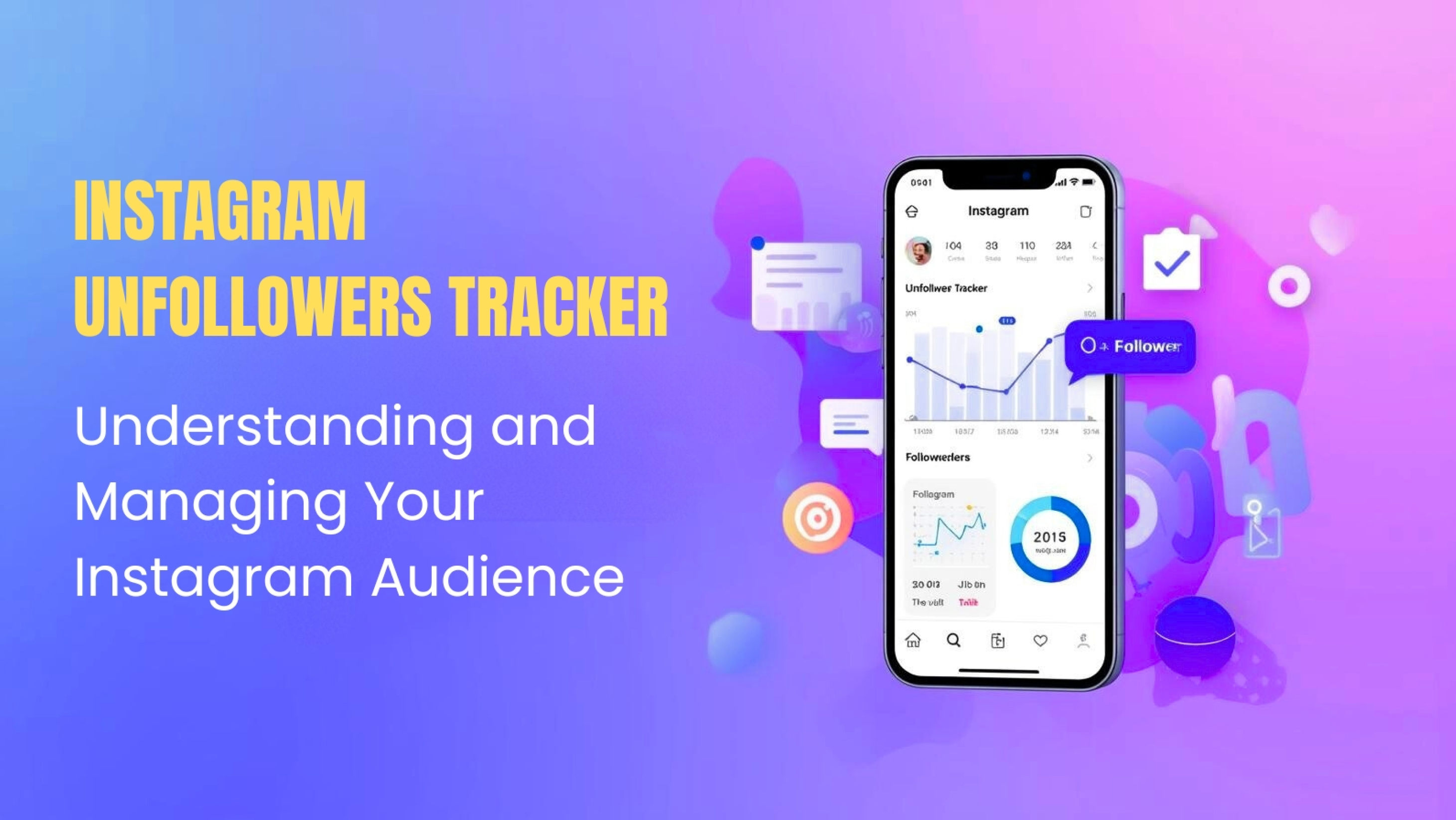Using the ChatGPT API in Python for real-time data is a powerful way to integrate the capabilities of ChatGPT into your applications, websites, or services. Below, I'll guide you through the steps to use the ChatGPT API in Python:
Prerequisites:
You need to have an API key for the ChatGPT API. If you don't have one, you can obtain it from OpenAI's platform.
Step 1: Install Required Libraries Make sure you have the necessary libraries installed. You can use the requests library to make HTTP requests to the API. You can install it using pip:
pip install requests Step 2: Import Libraries In your Python script or program, import the required libraries:
import requests Step 3: Set Up Your API Key Store your ChatGPT API key in a variable:
api_key = "your_api_key_here" Step 4: Define the API Endpoint Set the API endpoint URL for ChatGPT:
endpoint = "https://api.openai.com/v1/engines/davinci-codex/completions" # For codex model, adjust as needed Step 5: Create a Function to Interact with the API You can create a function to send a prompt to the API and receive a response. Here's an example function:
def ask_gpt(prompt): headers = { "Authorization": f"Bearer {api_key}", "Content-Type": "application/json", } data = { "prompt": prompt, "max_tokens": 50, # Adjust as needed } response = requests.post(endpoint, headers=headers, json=data) if response.status_code == 200: return response.json()["choices"][0]["text"] else: raise Exception(f"Request failed with status code {response.status_code}: {response.text}") Step 6: Use the Function to Get Responses Now, you can use the ask_gpt() function to interact with the ChatGPT API. Simply provide a prompt, and it will return the AI-generated response:
prompt = "Translate the following English text to French: 'Hello, how are you?'" response = ask_gpt(prompt) print(response) Step 7: Handle Responses You can further process, analyze, or display the response based on your application's requirements.
Step 8: Error Handling Ensure you handle errors gracefully by catching exceptions and logging them. You might want to implement rate limiting and error handling based on OpenAI's API documentation to avoid overuse or unexpected issues.
Step 9: Billing and Usage Monitor your usage and billing on the OpenAI platform to avoid unexpected costs.
Remember that this is a simplified example. Depending on your application, you might need more complex interactions with the API, including handling multi-turn conversations and context. Be sure to refer to OpenAI's official documentation for the ChatGPT API for more details and best practices.
Additionally, always consider privacy and security when handling real-time data and user inputs in your application.















